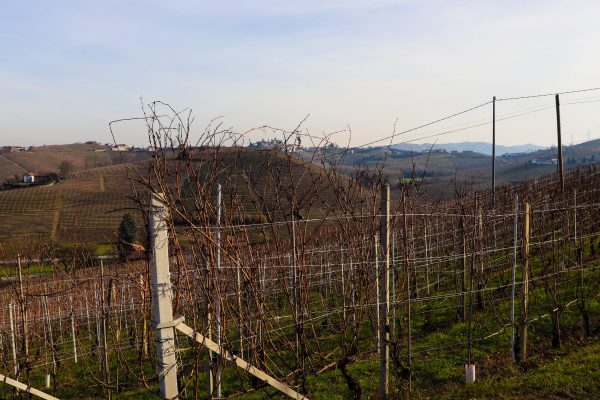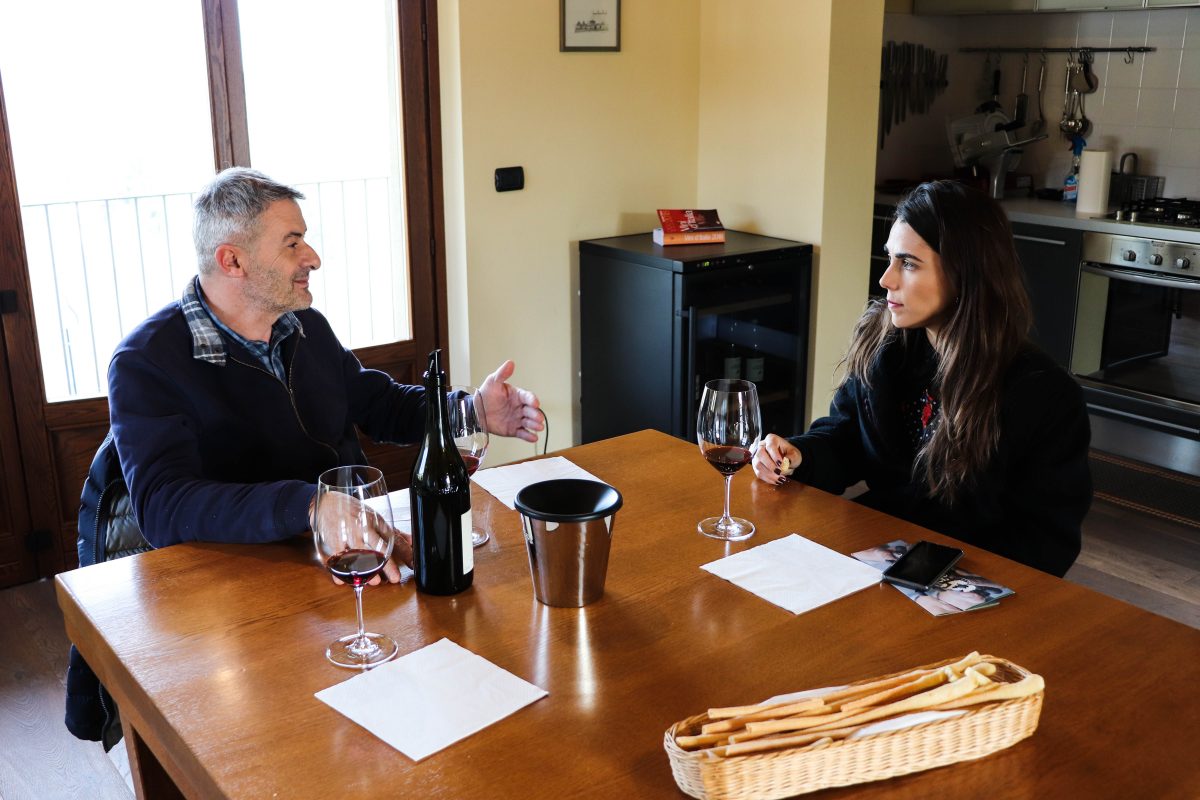Piedmont is my favourite region of wines in Italy and it’s no wonder. But before I begin to explain why I have come to spend a season here, I will make a brief introduction about Italy and the region.
Italy is not divided into states and their capitals as in Brazil. It is divided into regions and provinces. The province of Piedmont is Turin (or Torino in Italian). Piedmont is the second largest region in Italy and has played a leading role in the unification of the Italian peninsula and the Industrial revolution of the country. These two events began in Piedmont in the nineteenth century. Piedmont has contributed enormously to the history, culture and financial stability of Italy, as well as to the wine industry.

The supremacy of its wines is related not only to the prestige of its fine wines, but also the diversity and quantity it offers to the consumer. It is a superior region in quality and has the highest number of controlled and guaranteed designations of Origin * (DOCGS) and controlled designations of Origin * (DOCs) of Italy, 17 and 42, respectively. No wine can be labeled as typical geographic indication * (IGT).
The “appeals” of Piedmont are usually those with lower average yields. Piedmont was also the first region of Italy to highlight the importance of wines from a single vineyard.
The reputation of this region is also linked to consumer preferences by Barbaresco and Barolo.
But there is more than Barolo and Barbaresco in this region. The Barbera and Dolcetto grapes, previously considered inferior, today are producing excellent wines. Although Piedmont is still considered a region of red wines, except for GAVI and Asti (sparkling), the white grapes Arneis and most recently Erbaluce and Timorasso are getting noticed.
Another interesting point is that the region is very conservative and traditional, and so there is a insignificant presence of international grape varieties. In addition, there is a strong opposition to modern winemaking techniques in some areas.
In Piedmont, the diversity of wines and wine styles are connected to the great cuisine “Piamontese”, one of the best in the country.
I don’t think I need to explain anything else, right? Only the P.S….
Auguri a tutti!
Ps. * Normally, in Italy there are quality classifications to indicate the origin of the wines. The controlled and guaranteed designation of origin (DOCG) is the highest quality classification, followed by the controlled designation of origin (DOC) and finally the typical geographical indication (IGT). In addition, there are other terms that indicate quality as “Superiore” or “Riserva”.



